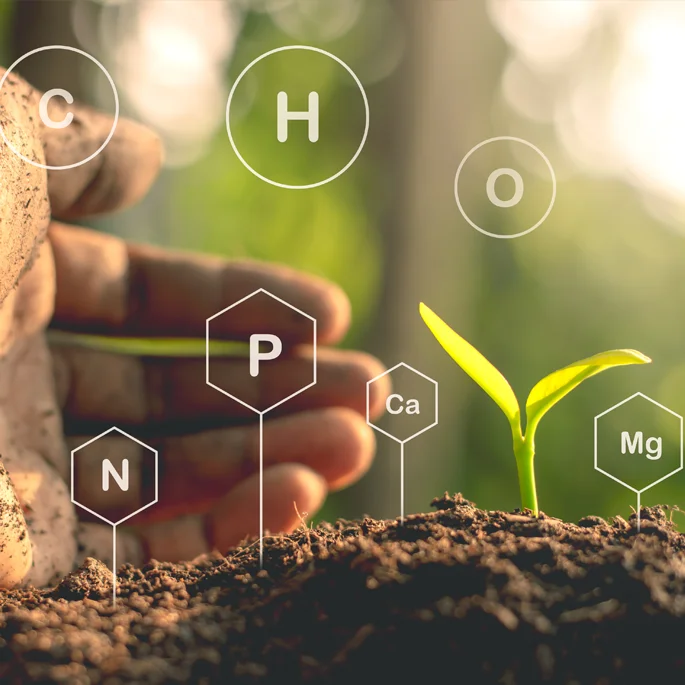Plant Protection: A Guide to Keeping Your Plants Healthy

Keeping your plants healthy is an important step in ensuring your garden is full of beauty and abundance. Plant protection includes protecting plants from pests, diseases and stress factors. Here's a guide to help keep your plants healthy:
-
Regular observation: Observe the condition of your plants regularly. If you notice any abnormalities on the leaves, such as spots, color changes or insect activity, act immediately.
-
Pest control: Pests can cause serious damage to your plants. Opt for natural or organic insect control methods. For example, you can control pests by using beneficial insects or applying natural insect repellants.
-
Disease precautions: Know the symptoms of common diseases in plants and take precautions. Properly watering, aerating and feeding plants is important to prevent the spread of diseases.
-
Natural protection methods: Prefer natural protection methods instead of chemical struggle. Use organic fertilizers, apply natural insect repellants and resort to biological control methods to strengthen plants.
-
Efficient watering: Water your plants regularly and evenly. Over or under watering can cause plants to be stressed and reduce their resistance to disease.
-
Fertilization: Fertilize your plants according to their needs. Nutrient deficiencies can cause plants to weaken and become vulnerable to diseases. Keep your plants healthy and nourished by using organic or balanced fertilizers.
-
Cleaning: Regularly remove dried leaves, dead plant debris and diseased plants from your garden. This prevents the spread of diseases and the shelter of pests.
Plant protection is the key to keeping your plants strong, healthy and productive. With the guide above, you can meet the needs of your plants, control pests with natural methods and fight diseases. Do not forget to take regular care and attention to maintain the vitality and beauty of your garden.
